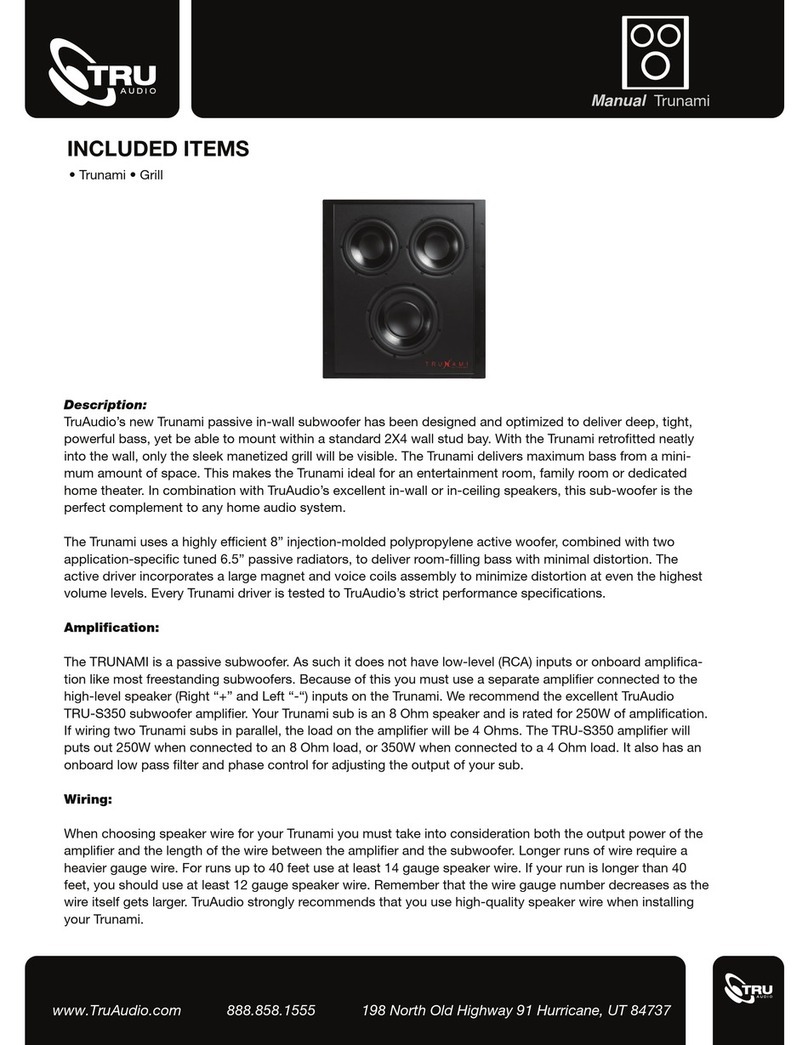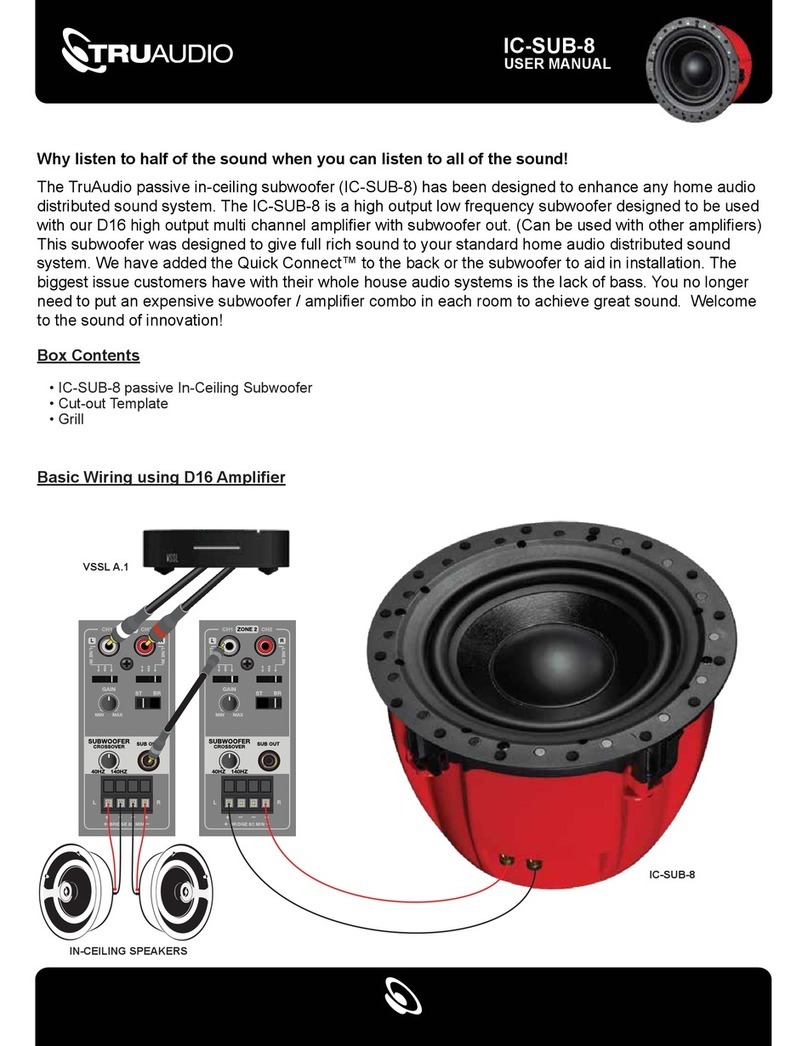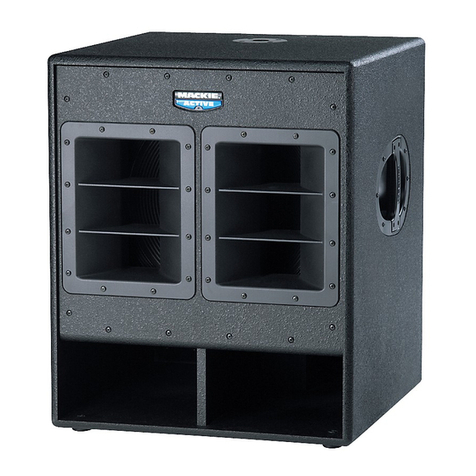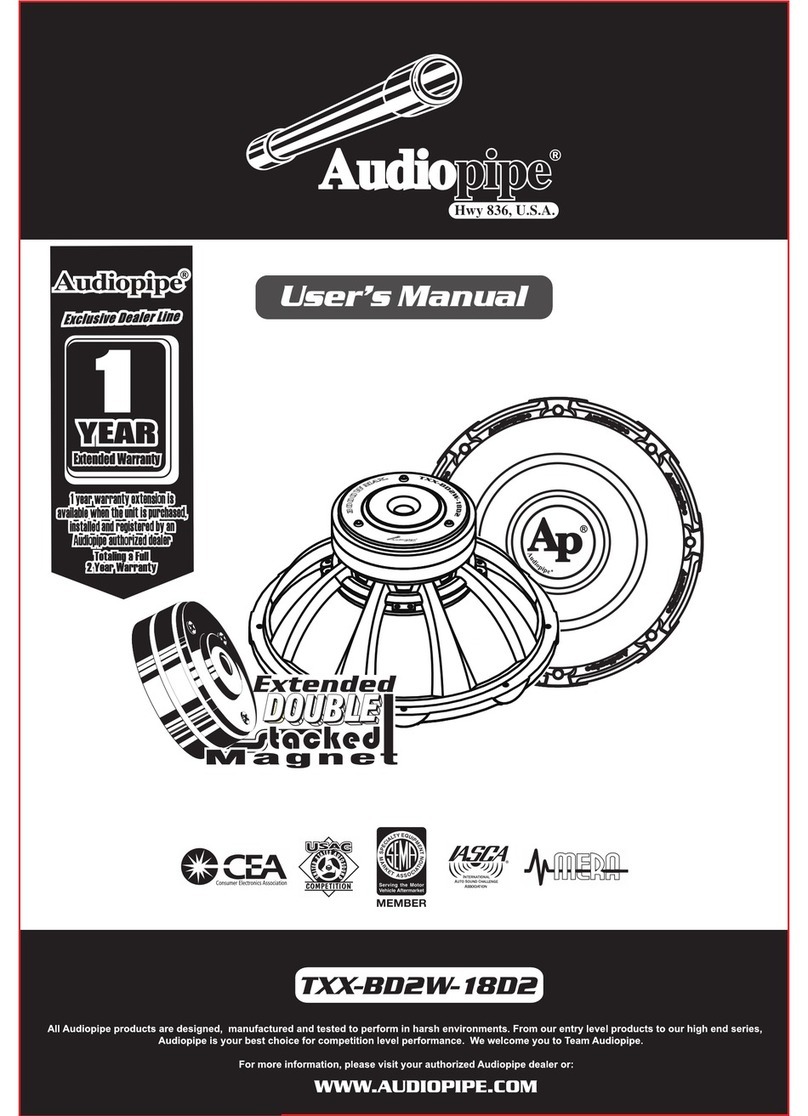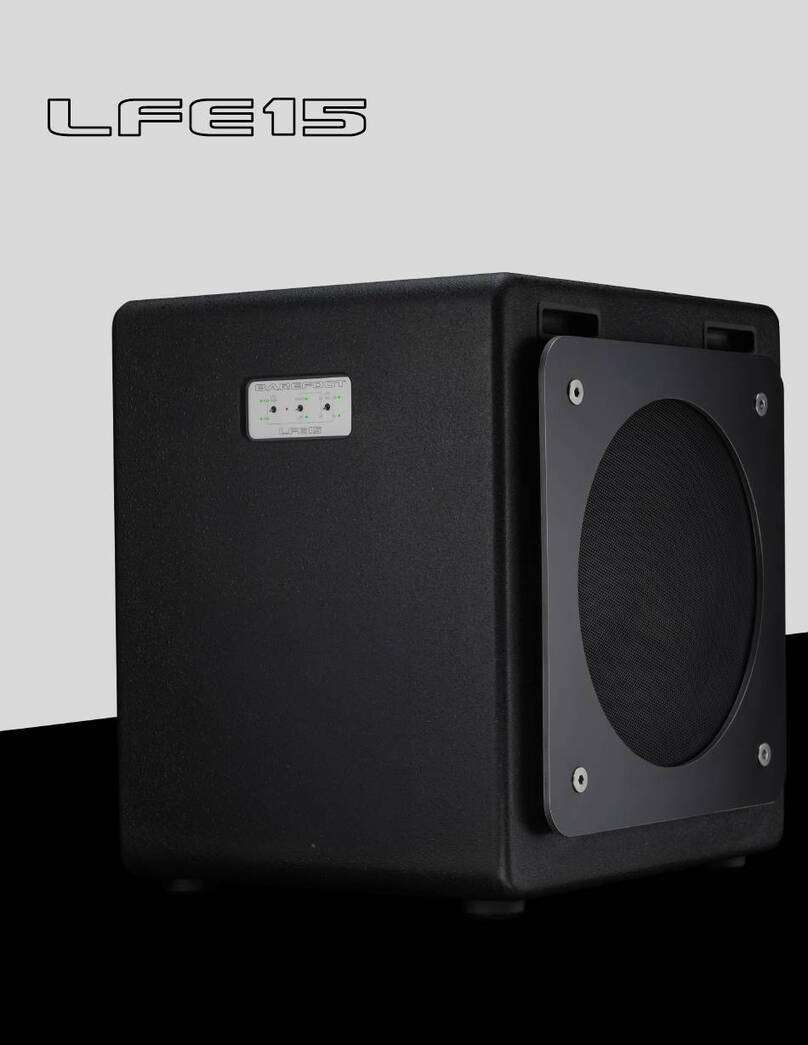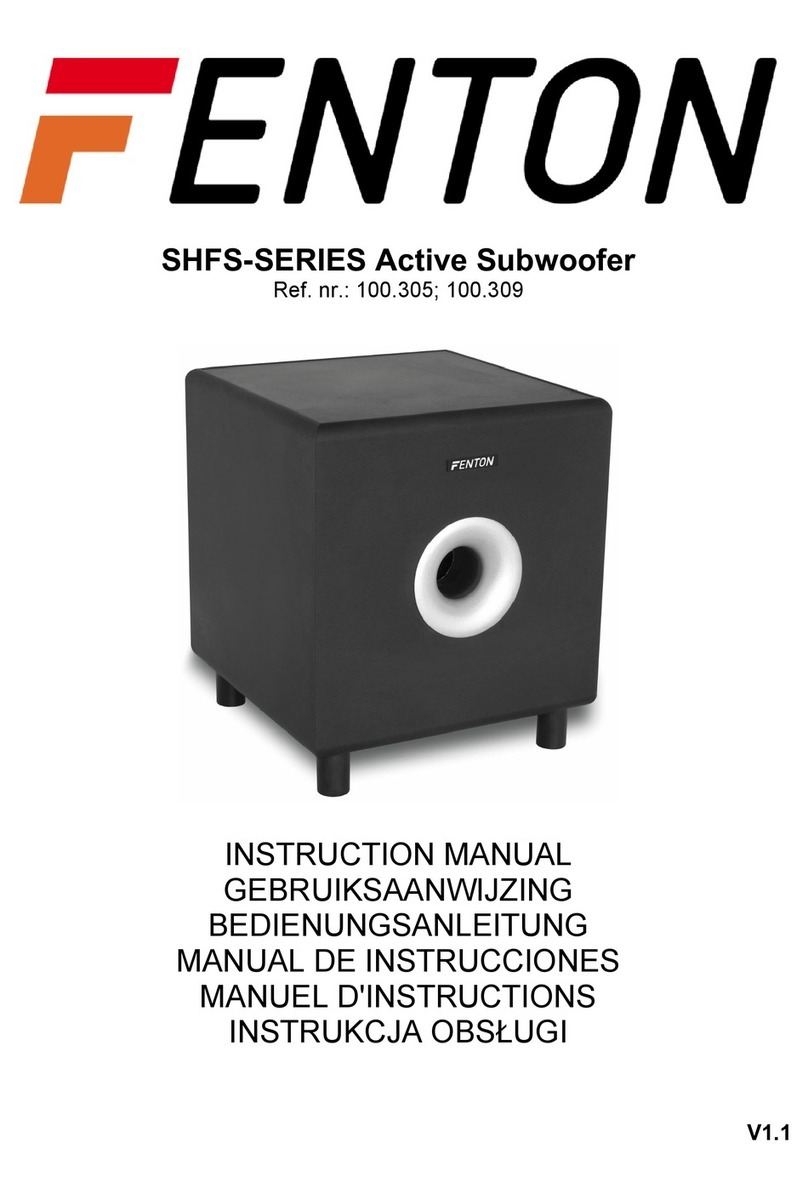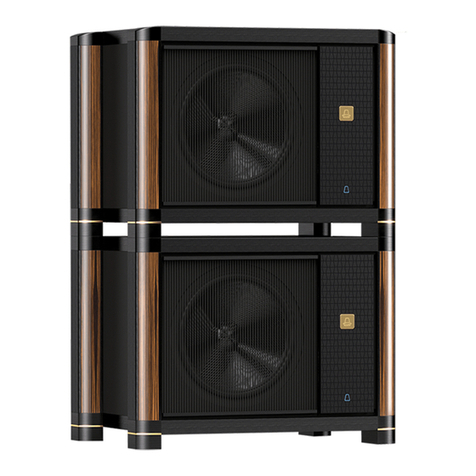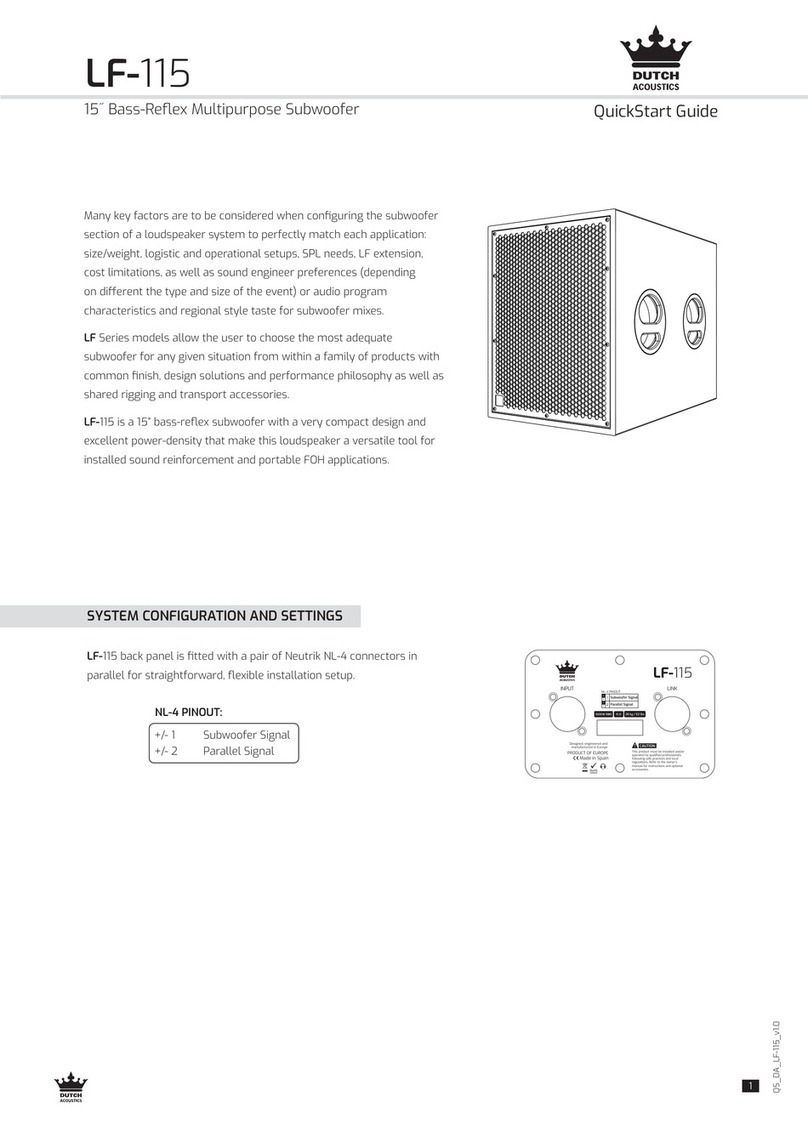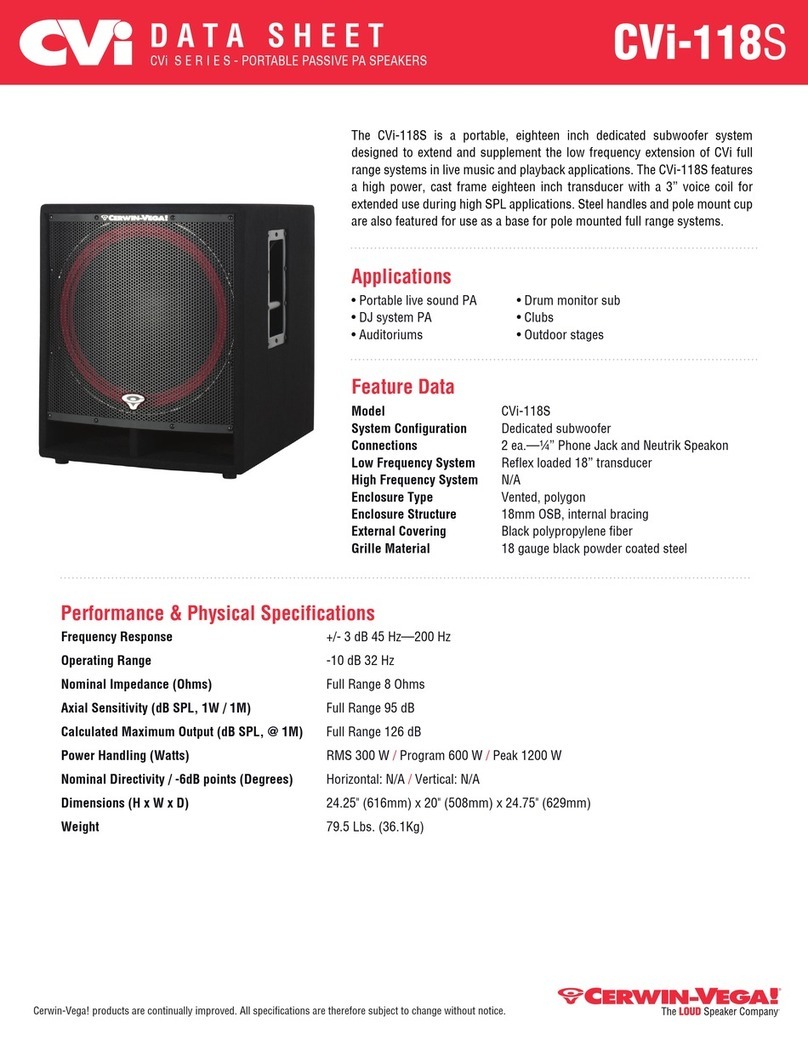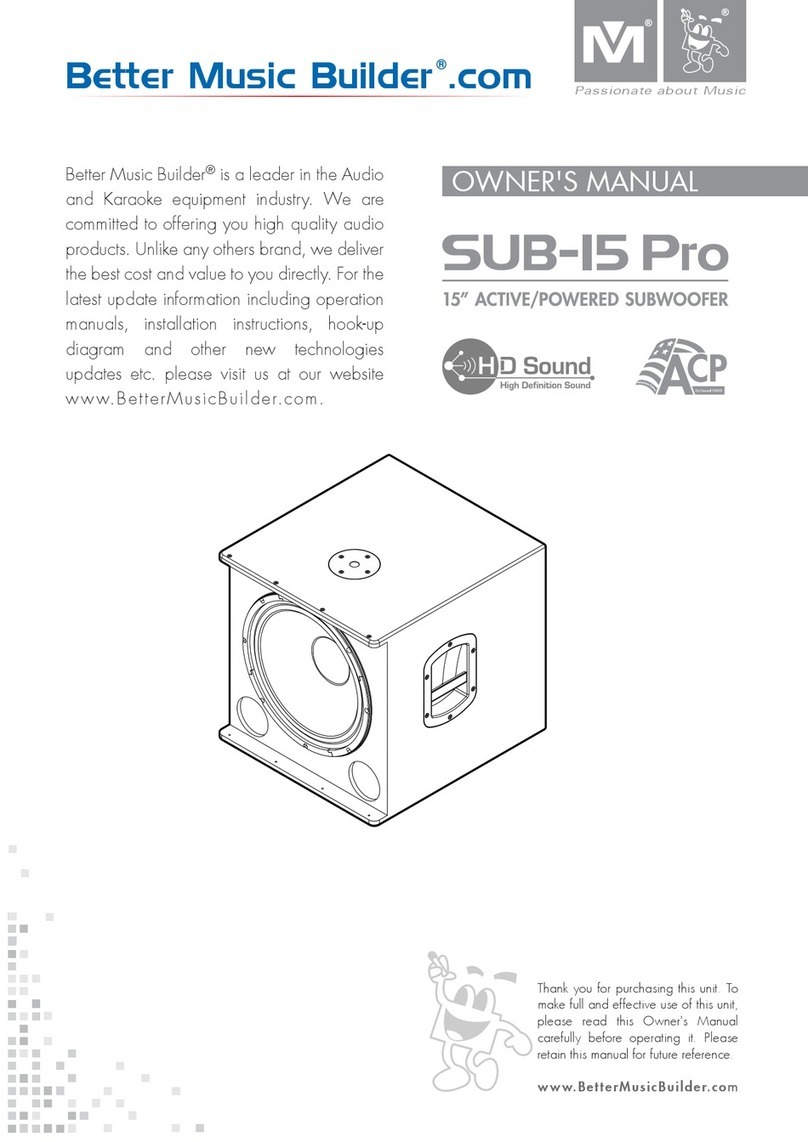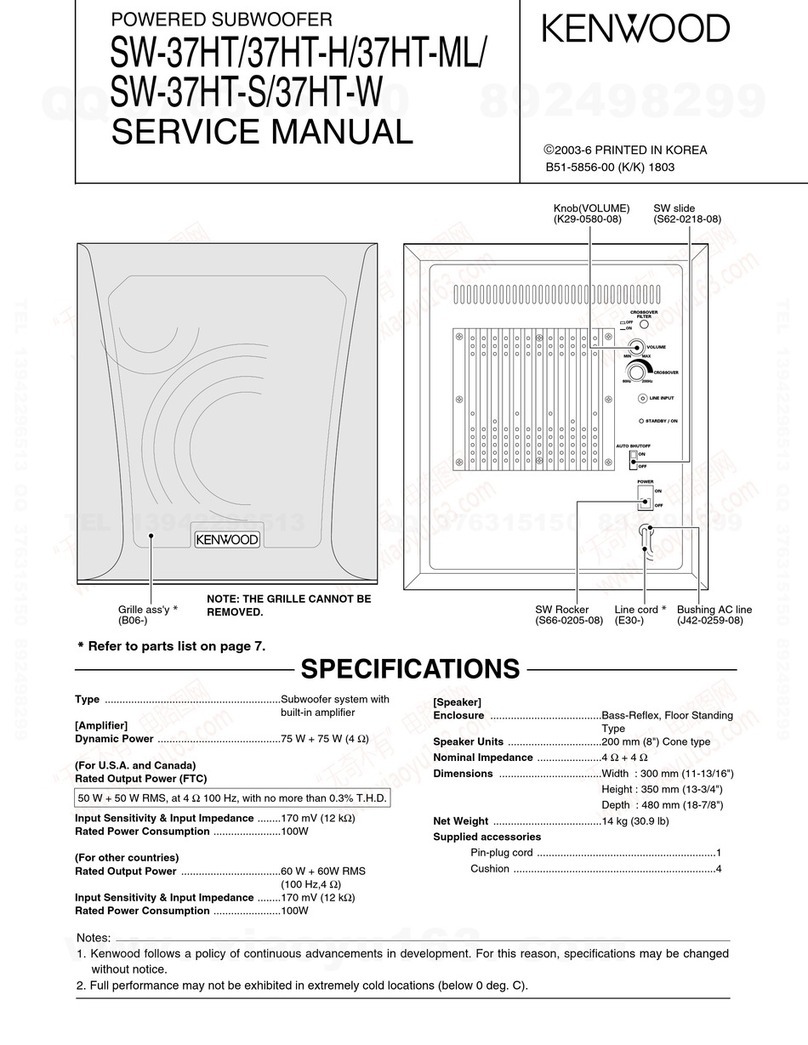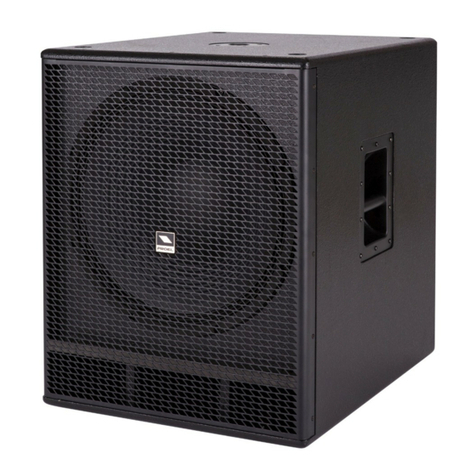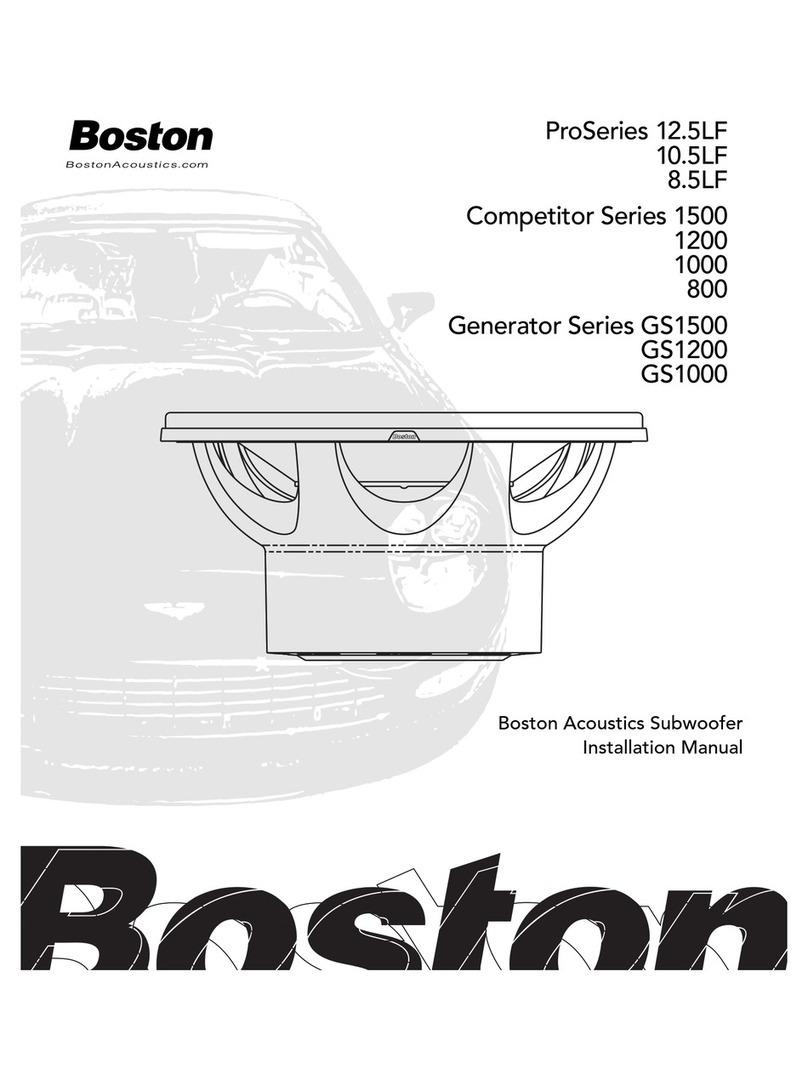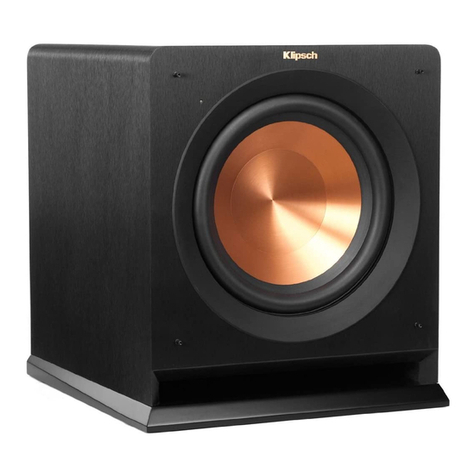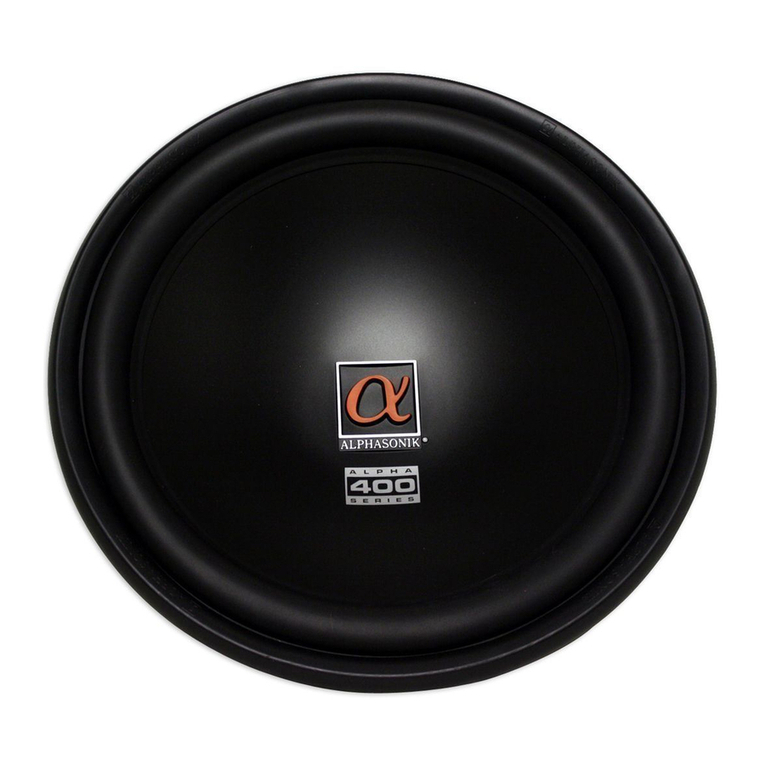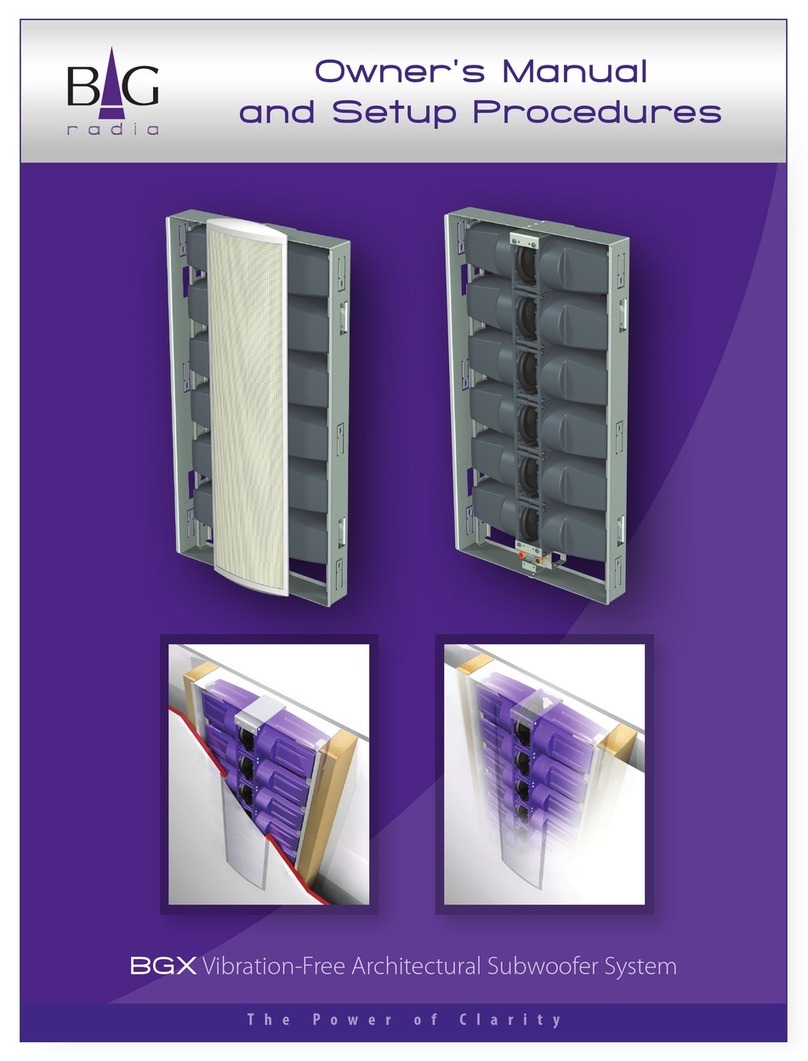TRU Audio RM-15 User manual

User Manual
RM-15
Powered Subwoofer
This powered subwoofer leaves nothing to be
desired. With over 2 years of engineering and
testing, the RM-15 completes the TruAudio theater
package. The RM-15 uses a black anodized
aluminum woofer, driven by a, 1000 watt, powerful
A/B power amplifier built exclusively for this cabinet
and driver array.
The RM-15 is timbre matched to all TruAudio
architectural speakers, making combining different
models in an AV system, simple. Additional
TruAudio speakers can be added to a system with
the confidence that the speakers will remain
balanced.
The Red Mountain Subwoofer is carefully packaged
before shipping. Inspect the product immediately for
any kind of damage. If for some reason damage has
occurred, please contact your Dealer or TruAudio
immediately. We recommend that you retain the
packaging in case a need arises for you to transport
your speaker.
The RM-15 includes: Subwoofer cabinet and grill,
power cord, instruction manual, a warranty card,
and (4) heavy-duty plastic feet attached to the
bottom of the cabinet.
CAUTION: DO NOT OPEN THE SUBWOOFER. THIS
WILL VOID THE WARRANTY.
To reduce the risk of electrical shock and fire, do not
remove the amplifier panel from the back of the
cabinet or the subwoofer from the front of the
cabinet. There are NO fuses or serviceable parts.
All service to this product MUST be done by a
TruAudio Authorized repair center.
Before installing, please read the following
instructions:
• Always turn off the power of your
receiver/preamp and the powered subwoofer
• When turning your amplifier/receiver on, make
sure your volume is turned all the way down
• Never expose the subwoofer to excessive cold,
heat, humidity, or direct sunlight
• This device should never be used in, on or near
water due to risk of fatal shock
• DO NOT attempt to open or dismantle this
subwoofer
• The subwoofer should always have plenty of air
flow to reduce the chance of over heating
Subwoofer Placement
Th RM-15 is engineered, designed and built to
reproduce low frequencies at and below 150 Hz.
Frequencies at this level are omni-directional. This
makes it easy to find placement for the sub; howev-
er, there are also several location options that can
either give more or less bass. When placed near a
wall, you will get a louder, deeper bass. Placing the
subwoofer in a corner will produce a high volume of
bass output, while near only one wall will provide
less. Placement away from any wall may not
produce enough bass. Even a slight change of how
the unit sits will alter the bass output. We suggest
trying your subwoofer in different locations to allow
you to hear the difference of bass output and decide
what is best for your room and the listener’s
preference.
RM-15
Unpacking and Inspection

We suggest to place the subwoofer close to the pair
of speakers it will be matched with. For example, if
the subwoofer is to reproduce bass from the front two
channels, then it should be located near the front two
speakers. If it’s to reproduce bass from the rear effect
channels, then the sub should be located near the
rear speakers.
NOTE: Because of the acoustics of the sub installed
into an enclosed area, we also suggest using some
kind of sound dampening material in the space to
prevent a hollow “boomy” sound coming from the
area behind the subwoofer. Each installation of this
product can be different, so figure out what works
best for that specific room and system. Consult with
your client and find out their preference when it
comes to bass output and loudness of the subwoofer.
INPUT CONNECTIONS
1. Left/Right Inputs
RCA style jacks that will accept standard line level
inputs from a pre-amp level source. They will accept
a stereo signal and internally combine it into mono.
Both left and right input jacks must be connected to
the source in order to drive the amplifier to full
output. The use of a “Y” cord is suggested if a
mono source is all that is available.
2. LFE Direct Input
RCA jack that will accept a signal from the mono
LFE (Low Frequency Effects) output on a pre-amp or
receiver that is equipped with a dedicated sub bass
output. This input bypasses the amplifier’s own
internal low pass filter circuitry, relying instead on
the processed output provided by the source
equipment. This would be the recommended
connection for most home theatre surround sound
receivers and pre-amps. We would also suggest the
use of the LFE input when an external line level
electronic crossover or frequency dividing
network is used.
3. Power Input
This unit features an IEC grounding type power
input connector. The IEC inlet connector also
features an integrated fuse holder that contains the
AC line fuse. For 230 V input, remove the fuse
holder, rotate 180 degrees, and re-install. In most
230 V applications a separate power cord will be
required and is not included.
CONTROLS/INDICATORS
4. Low Pass, Gain
Will match the amplifier’s input sensitivity to the
output of the pre-amp source. If the source output
has a variable control, we recommend that the user
spend a moment or two determining the best
balance between the two controls. When a
balance is found between low noise, linear level
control, and sufficient level to drive the amp to the
required output, the gain knob can be considered to
be the “volume control” for the subwoofer system.
5. Low Pass, Frequency
This control is used to establish the highest
frequency that the subwoofer will reproduce and
has a range between 30 and 200 Hz. If your main
speakers have good bass capability, you could set
Controls

the control to a fairly low value at 40, 60, or even
100 Hz. If the main speakers are smaller or do not
have much bass output, set the control higher.
Experiment with the amount of “overlap” that you
will experience when all speakers are playing in the
same range. This can be helpful when integrating
the subwoofer with the rest of the system and with
the room.
6. Power Switch
This switch manually turns the unit on and off. When
switched to the on position, the unit will rst turn on
and be fully operational. After a period of 10-15
minutes without a signal the unit will go into “stand
by” mode.
7. Power LED
When the power switch is moved to the “on”
position, the LED will illuminate in green, and the
amp will be in “stand by” mode. If a low level signal
of about 3 millivolts or greater is applied to the
input, the light will change color to yellow to indicate
that the amplier is fully operational and receiving
typical music program. As input signal increases to
the onset of clipping the LED will turn red, which
indicates that the clip limiting circuitry is activated. If
an input signal is not detected for 10 to 15 minutes,
the amp will go back to “stand by” mode and the
LED will change back to green.
8. Phase
This two-position (NOR = 0° phase and REV = 180°
phase) switch helps to compensate for differences
in the acoustical and electrical characteristics
between the subwoofer and the main system
speakers. The relative locations of speakers in the
system can cause signicant disturbances in
speaker interaction due to time delay issues, or the
destructive phase interferences that can occur at
certain frequencies. The use of this switch in
conjunction with altering the location of the
subwoofer can have a dramatic effect on system
integration. The “NOR” setting would be considered
the normal or default setting, but be sure to
experiment during system set-up.
PARAMETRIC EQUALIZER
The amplier features a fully parametric equalizer to
help you to achieve the best possible subwoofer
performance. Professional sound engineers have for
many years considered the parametric EQ to be one
of the most accurate, versatile, and high delity
tools for audio enhancement. A greater degree
of control can be achieved when using the EQ’s
unique ability to vary the frequency to be affected,
the amount of boost or cut, and the width or
narrowness at the selected frequency.
9. EQ-Frequency
Establishes the specic frequency at which EQ boost
or cut may be applied between 18 Hz and 80 Hz.
10. EQ-Bandwidth
Determines how narrow or wide the EQ curve will be
within a range of 0.1 to 1.0. If for example a frequen-
cy of 60 Hz were selected along with a Q of 0.1, the
frequencies to either side of 60 Hz would be less
affected. This is a narrow bandwidth that could be
useful for “surgically” removing an offending peak
without disturbing adjacent frequencies. At the other
extreme, a Q of 1 would result in a much broader
effect which could be used for smooth overall bass
boost or cut, to balance the overall tone character of
the sub.
11. EQ-Level
Permits the application of up to 6 dB of boost or
14.5 dB of cut at the selected frequency and band-
width. Setting the control at the 0 position effectively
removes the EQ from the circuit path. It is good to
remember that high levels of boost reduce amplier
headroom; it is the same as turning up the low pass
gain control but only at the selected EQ frequencies.
It would be helpful to reduce or increase the low
pass gain control to balance the amount of cut or
boost applied by the EQ.
12. Output Lead for Subwoofer Driver:
This rear mounted output lead connects the amplier
to the subwoofer driver. The output lead is roughly
20" long and is color coded. The red wire uses an
insulated .250" quick disconnect and the black wire
uses an insulated .205" quick disconnect. These
connectors can be easily removed if your driver
requires another size or type of connector. Be sure to
observe proper polarity when connecting the
amplier to your subwoofer driver (red = positive,
black = negative).
NOTES ABOUT HUM
While this amplier has been designed to minimize
the possibility of hum in the subwoofer system, it is
still possible that a hum may occur in rare
circumstances. Its safety grounding can create a
path for small amounts of 60 Hz energy to travel
through the line-level audio system. While not

Specifications
dangerous, this energy can cause difculty with the
subwoofer auto signal sensing circuit, and will
interfere with the quiet enjoyment of your system.
The rst course of action should be trying to make
sure that all of the audio components are connected
to either the same electrical outlet, or at least into
the same circuit branch. Next, cable TV systems are
notoriously the culprit, so be sure to try disconnect-
ing all coaxial feeds that are connected to the
system. If this solves the problem, install a coaxial
line isolator and reconnect the system. Worst case, a
line-level audio isolator/transformer connected to the
line-in of the subwoofer amplier can usually solve
the problem.
FINAL ADJUSTMENTS
Once all the speakers are wired and back in place,
turn on the amplier and/or receiver. Start at a
minimal volume until you have a chance to hear the
total output of the speakers. Use a movie or song
you are familiar with.
NOTE: the amount of bass you hear and the
stereo-image quality will be affected by a number of
different factors, including the rooms shape and size,
wall coverings and furniture location. Listen to a
variety of music selections to see the bass level. If
there is too much bass, move the main two front
speakers further away from any nearby walls. If you
wish to have more bass, move these same speakers
closer to the wall.
Most receivers and preamps will have adjustments
for each speaker in their main menu. We suggest
going into the “Speaker Setup” menu of the receiver
or preamp and adjusting each speaker properly.
Consult the instruction manual for this equipment to
nd out more about any and all adjustments that are
offered.
Cleaning the Subwoofer
All RM series subwoofers feature lightly textured,
durable paint nish. When needed, we suggest
cleaning with a damp cloth with water only. Do not
use any kind of abrasive cleaners or detergents.
SoundVision Technologies dba TRUAUDIO
SUBWOOFER and ELECTRONIC
PRODUCT WARRANTY
All subwoofers and amplifiers have a limited 5 year warranty. This
warranty includes 5 year parts and repair labor on all components.
The warranty extends only to the original purchaser of the product
and not to any subsequent owner. TRUAUDIO’s obligation under
these warranties is limited to repairing or replacing any
component found defective in material or workmanship under
normal conditions of use with an equal and/or current product.
These warranties shall not apply to products which have been
abused, modified, or disassembled. Products to be repaired or
returned under this warranty must be returned to the factory
through an authorized TruAudio dealer with all transportation and
insurance charges prepaid.
RM-15
It is the policy of TRUAUDIO to continuously incorporate improvements into our products. All specifications are subject to
change without notice. If you have any questions regarding this or any other TRUAUDIO products, please visit
www.TruAudio.com or contact us:
Office: 1-888-858-1555, Monday-Friday 7 am - 6 pm MST.
TruAudio
198 N Old Highway 91
Hurricane, UT 84737 USA
Speaker Type:
Enclosure Design:
Driver:
Power, class D, ICE:
Frequency Range, Lowpass:
Frequency Range, LFE:
Input Sensitivity, Low Level:
Input Sensitivity, High Level:
Inputs:
Outputs:
Controls:
Amplier Protection:
Cabinet:
Cabinet Dimensions:
Grill:
Available Colors:
High-end Powered Subwoofer
Front ring, sealed cabinet, internally
braced
15” black anodized aluminum cone,
cast basket, long excursion, 2.5”
2-layer voice coil.
1000 watt into 4 ohms with internal
amplier
20-220 Hz (+/-3 dB)
20-230 Hz (+/-3 dB)
150 mV @ 100 Hz
3.5 V @ 100 Hz
Line level RCA, speaker level
w/banana plugs LFE line level RCA
Line level RCA, speaker level banana
plugs, LFE RCA
Phase control 0 or 180, Low frequency
adjustment, Auto-on
Output protection circuit with relay
Real wood veneer, Built in St. George, UT
17.25” High (including feet)
17” Wide
18” Deep
frame wrapped in black speaker cloth
Black in stock
Other colors available with 3 week lead
time.
Table of contents
Other TRU Audio Subwoofer manuals
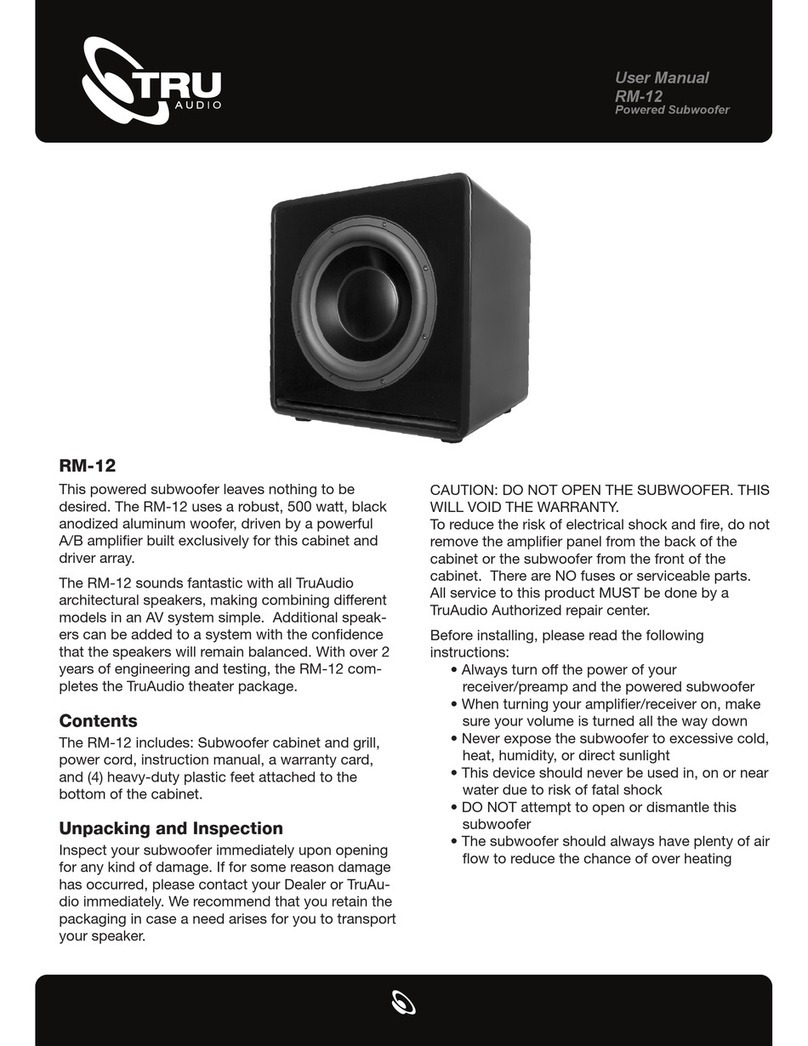
TRU Audio
TRU Audio RM-12 User manual
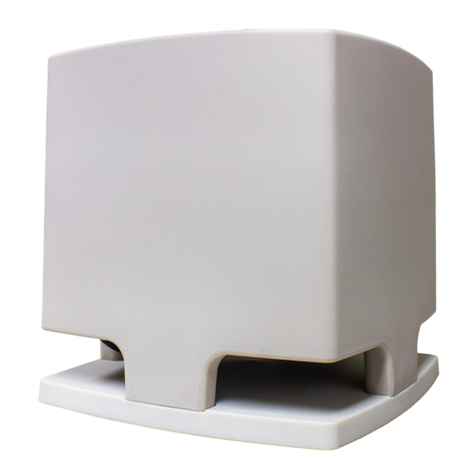
TRU Audio
TRU Audio HS-SUB-12 User manual

TRU Audio
TRU Audio BP-SUB-12 User manual

TRU Audio
TRU Audio RM-12 User manual
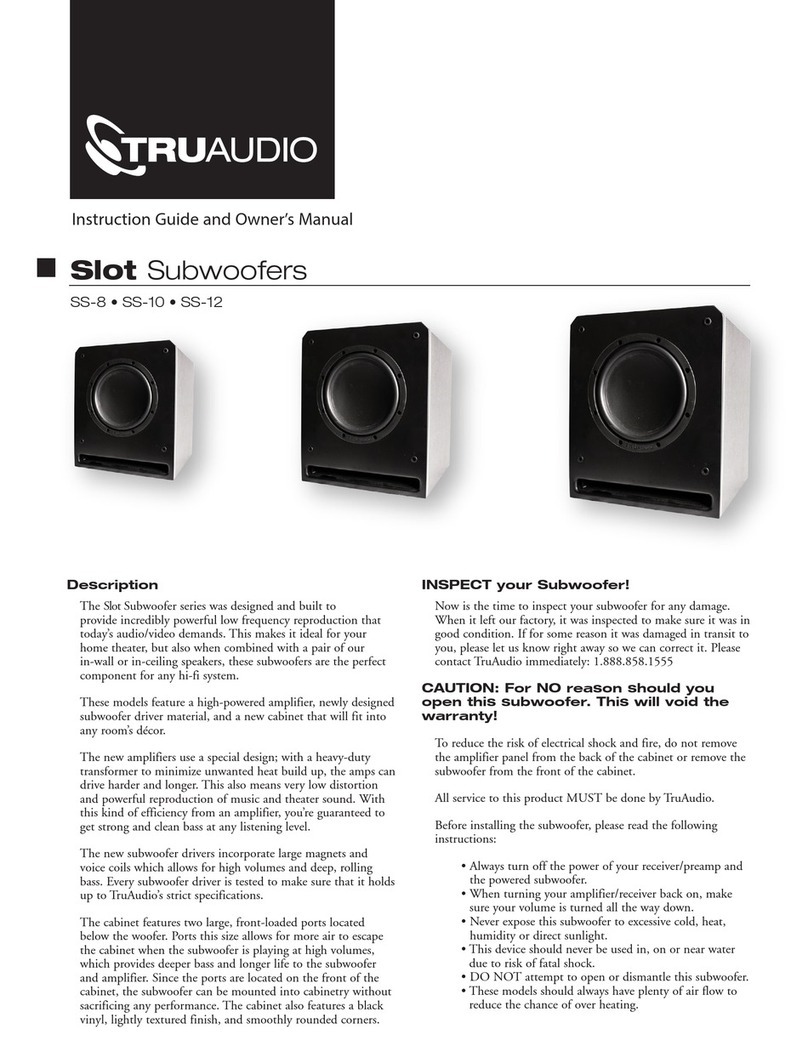
TRU Audio
TRU Audio SS-8 User manual
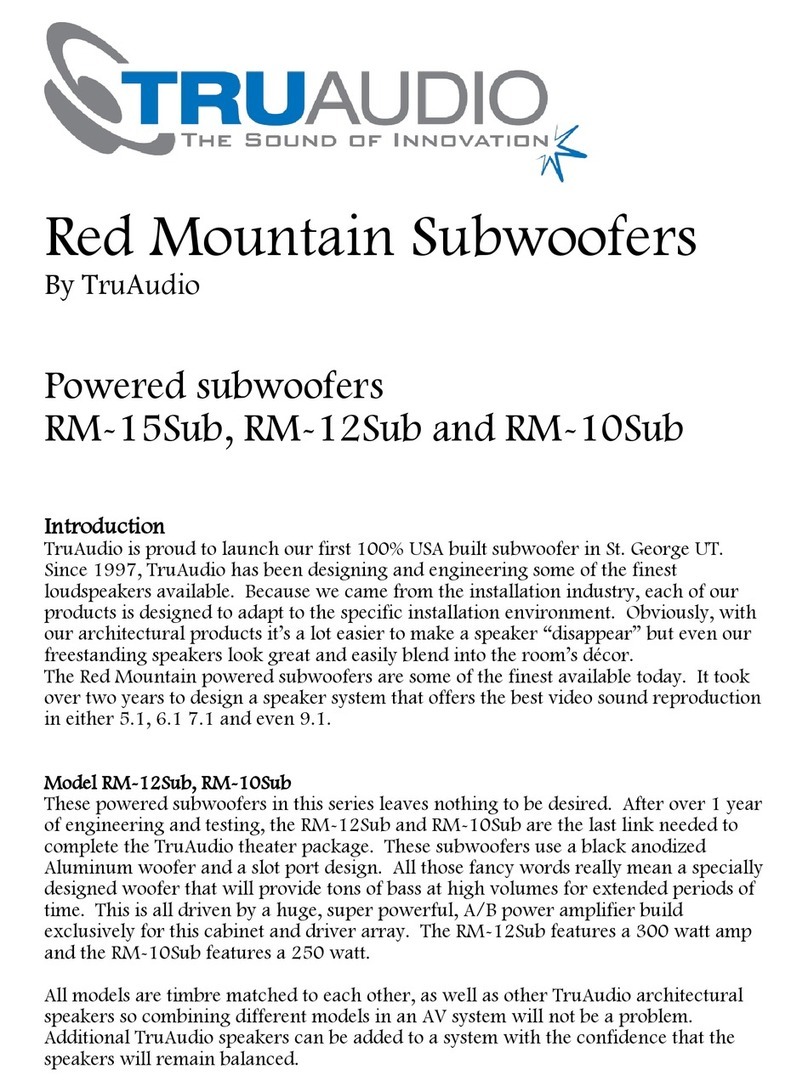
TRU Audio
TRU Audio RM-15Sub User manual
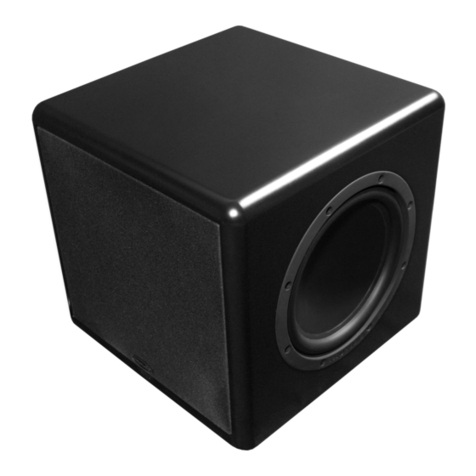
TRU Audio
TRU Audio cSUB-8 User manual
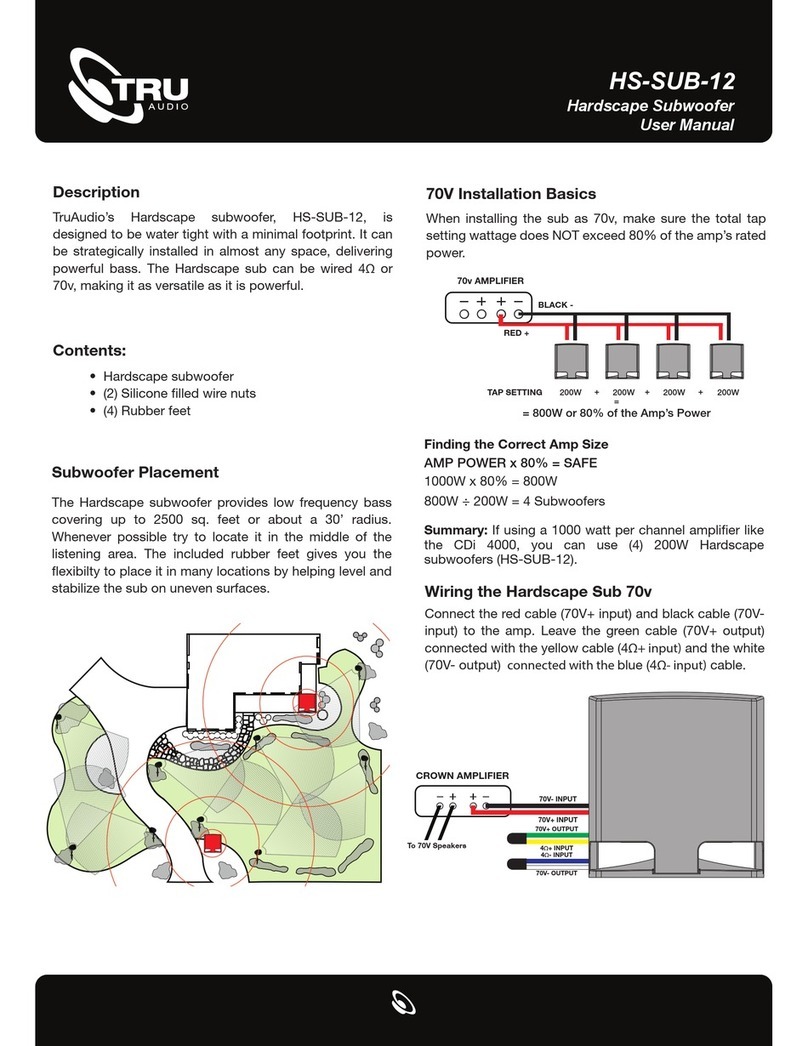
TRU Audio
TRU Audio HS-SUB-12 User manual
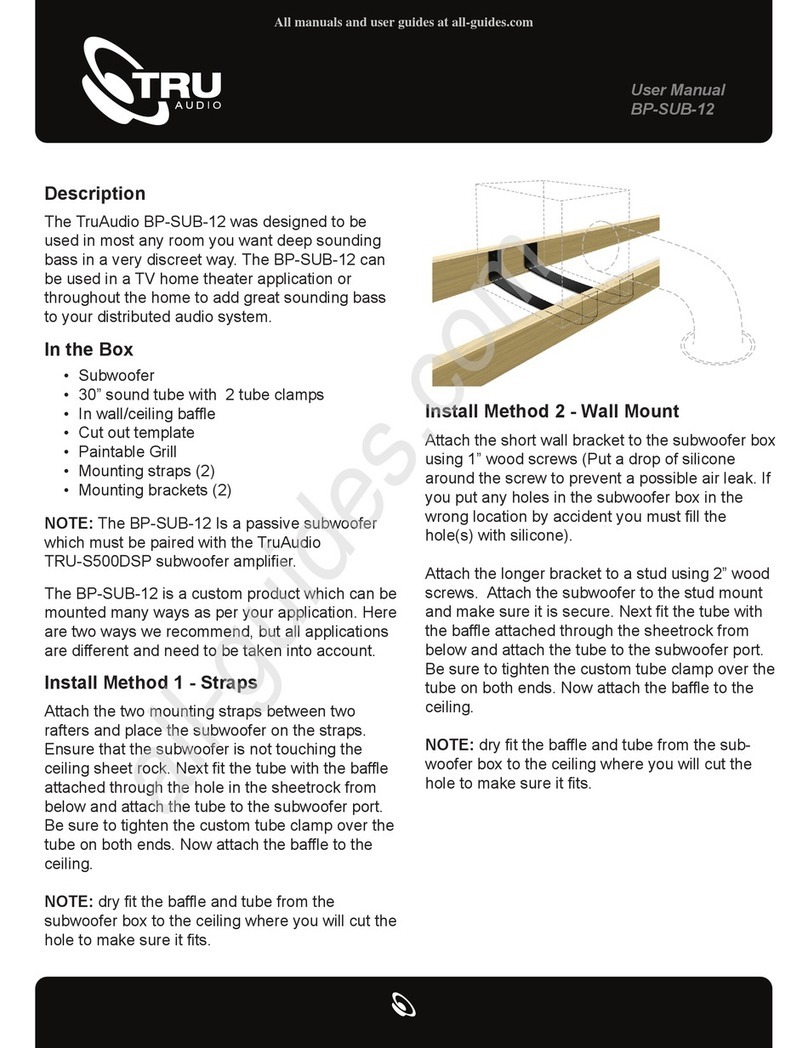
TRU Audio
TRU Audio BP-SUB-12 User manual

TRU Audio
TRU Audio Sub-88A User manual
